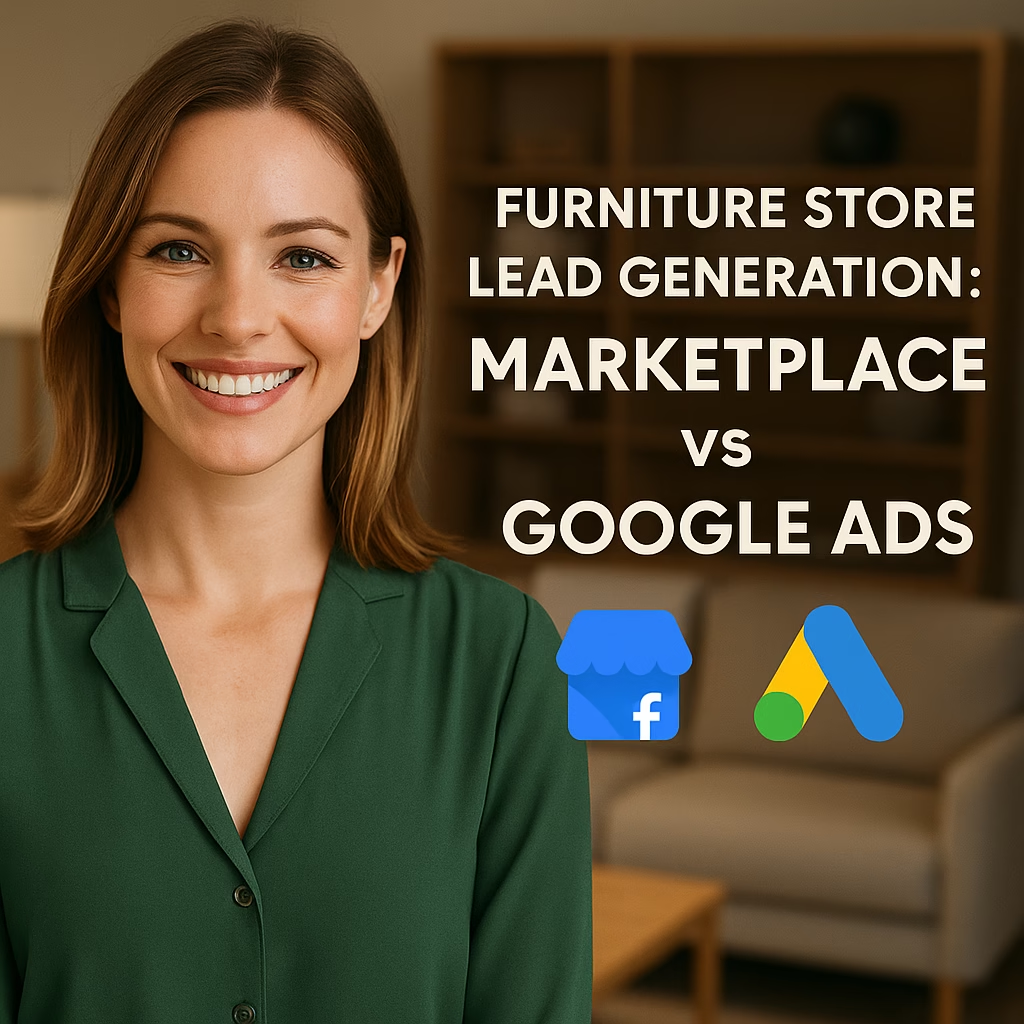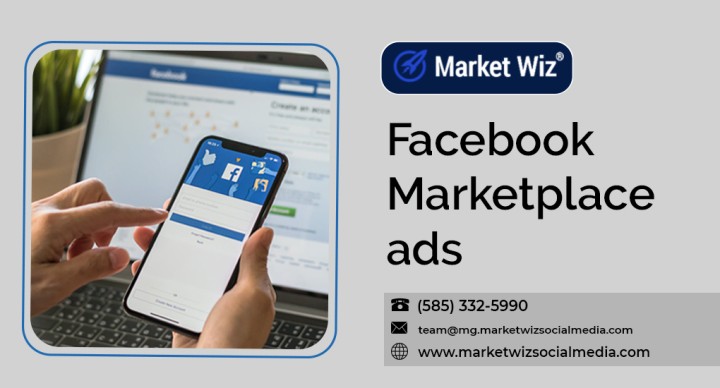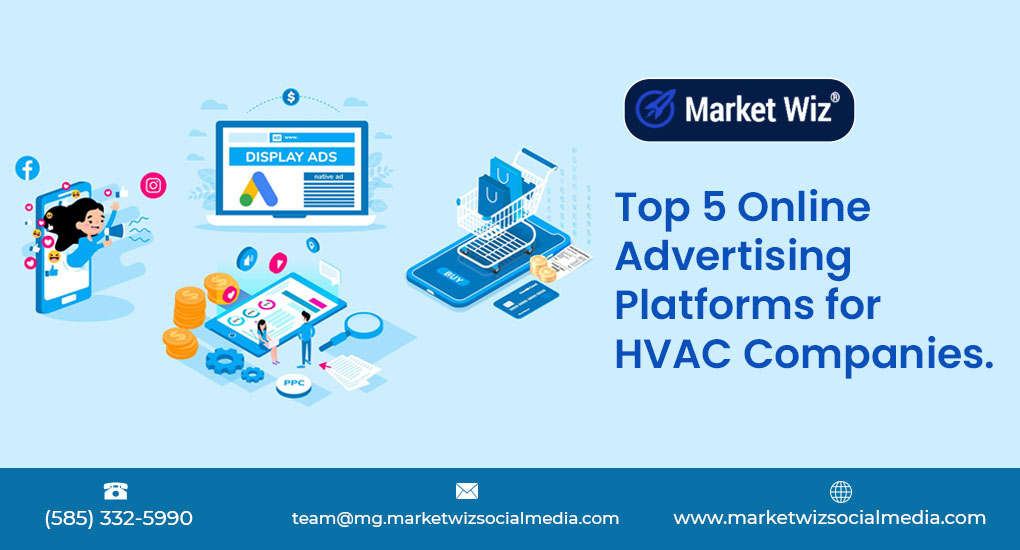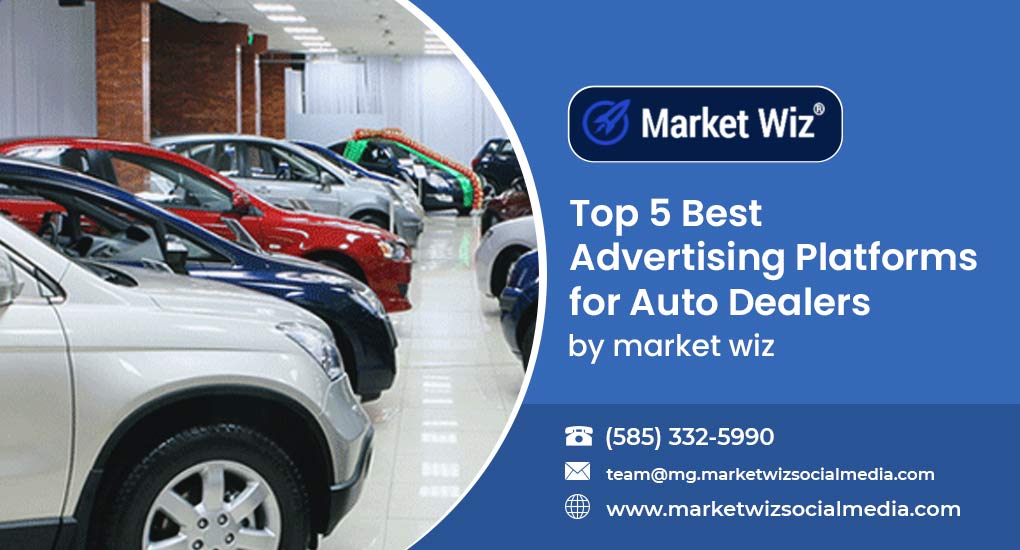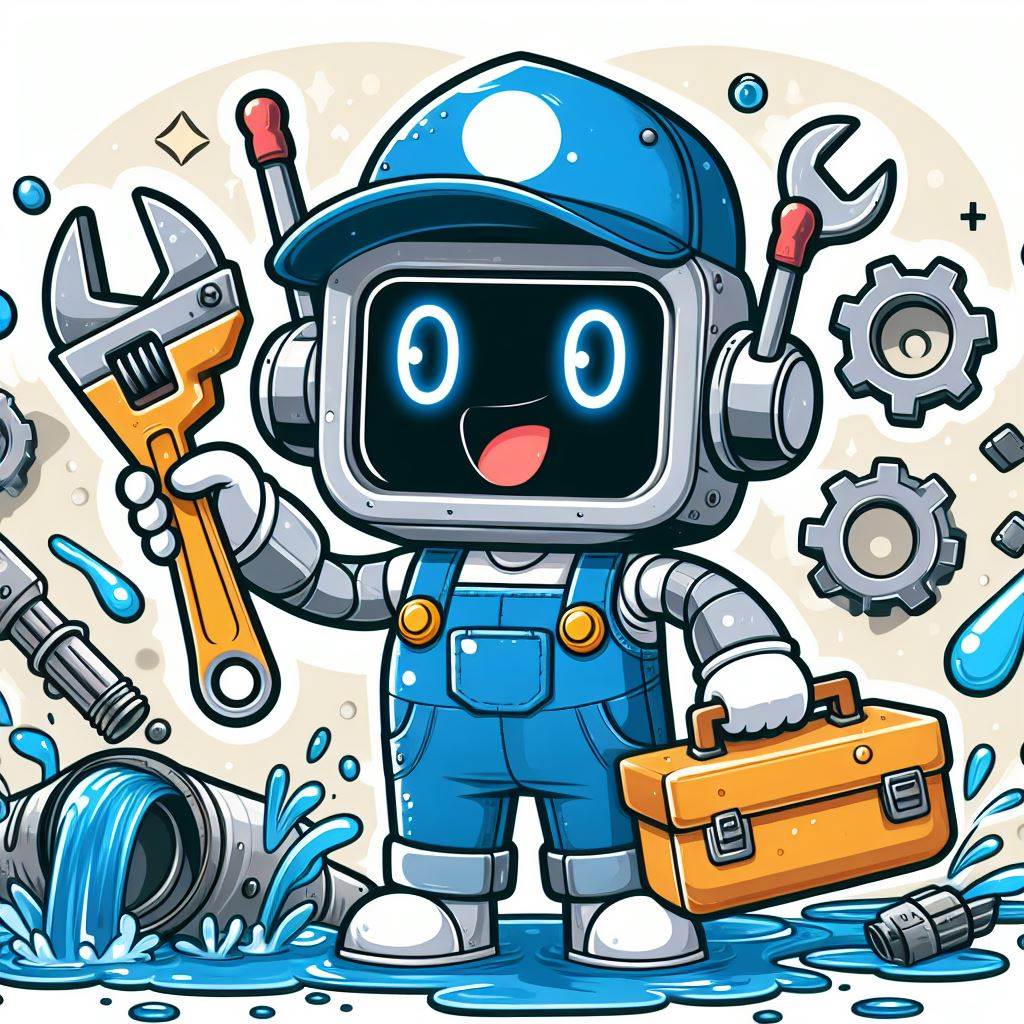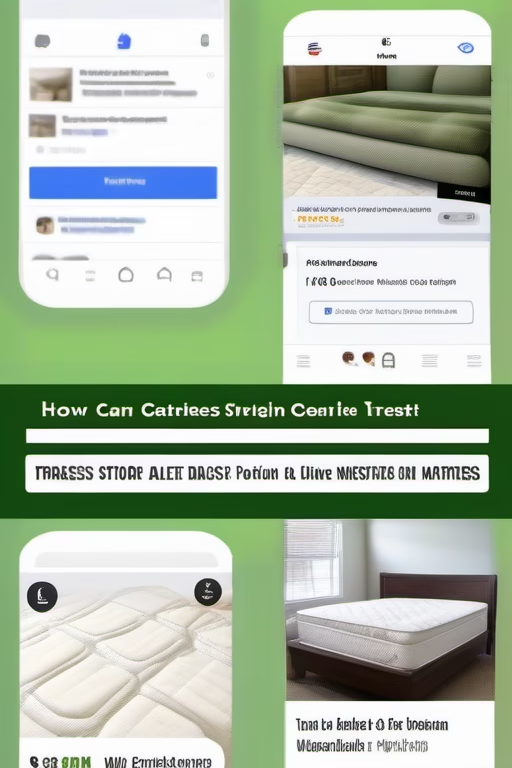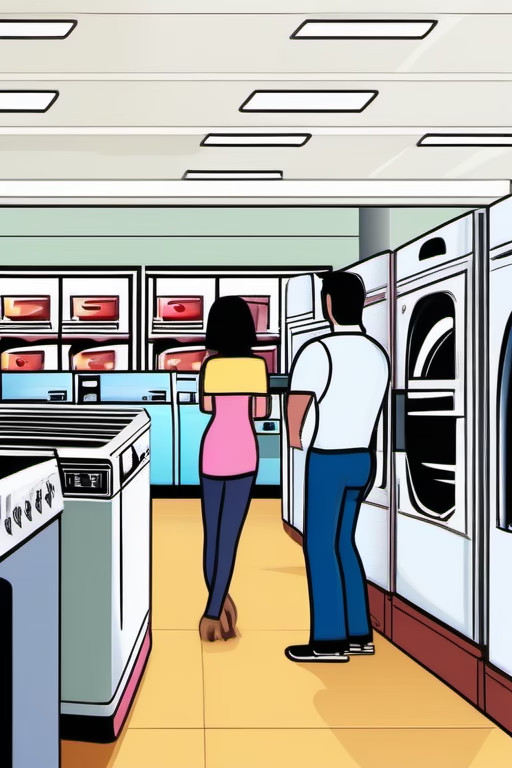Furniture Store Lead Generation: Marketplace vs Google Ads
Which delivers better ROI — Facebook Marketplace or Google Ads? Let’s break down the numbers, workflows, and automation strategies powering 2025’s top-performing furniture retailers.
Introduction
Furniture Store Lead Generation: Marketplace vs Google Ads is one of the most discussed topics among retail marketers in 2025. As customer behavior shifts toward mobile browsing and instant messaging, furniture stores are re-evaluating how to balance paid search with organic Marketplace exposure. This guide breaks down both ecosystems — cost, lead intent, response time, automation, and long-term ROI — using real performance data and AI insights.
Expanded Table of Contents
- 1) Overview: Two Paths to Furniture Leads
- 2) 2025 Data Snapshot
- 3) Performance Metrics: Marketplace vs Google Ads
- 4) Strengths and Weaknesses of Each Channel
- 5) Automating Lead Generation Across Both
- 6) ROI Breakdown and Payback Period
- 7) Optimization Tips for Each Platform
- 8) The Hybrid Strategy: Best of Both Worlds
- 9) Case Study Snapshot
- 10) 25 Frequently Asked Questions
- 11) 25 Extra Keywords
1) Overview: Two Paths to Furniture Leads
For furniture stores, lead generation once meant expensive radio or local print ads. Today, digital has split into two primary channels:
- Facebook Marketplace — local, conversational, and organic exposure with visual storytelling.
- Google Ads — intent-driven, keyword-targeted, and conversion-optimized through landing pages.
Both can drive serious revenue if executed strategically — and both behave very differently in lead flow, cost, and automation potential.
2) 2025 Data Snapshot
- Marketplace inquiries grew +47% YoY in local furniture segments.
- Google Ads CPC in “furniture near me” rose 18% since 2024.
- AI responders now handle over 60% of Marketplace messages automatically.
- Average store using both channels sees 35% higher monthly ROI vs single-channel stores.
3) Performance Metrics: Marketplace vs Google Ads
| Metric | Facebook Marketplace | Google Ads |
|---|---|---|
| Lead Cost | $3–$10 | $15–$40 |
| Lead Volume | High | Medium |
| Purchase Intent | Casual–Medium | High |
| Conversion Time | 1–2 days | 3–5 days |
| Setup Complexity | Low | High |
| Automation Readiness | Excellent (AI replies, renewals) | Good (Smart bidding, AI optimization) |
| ROI Range | 4–6× | 2–3× |
4) Strengths and Weaknesses of Each Channel
Facebook Marketplace Pros
- Zero cost organic listings
- Instant messaging for fast lead flow
- Ideal for local pickup or delivery
- High visual impact for furniture photos
Cons
- Mixed buyer quality
- Requires active or automated reply management
- Limited analytics
Google Ads Pros
- High-intent traffic
- Scalable with budget control
- Precise location and keyword targeting
- Rich analytics and attribution
Cons
- Higher cost per click
- Needs optimized landing pages
- Learning curve for non-marketers
5) Automating Lead Generation Across Both
Modern AI systems like Market Wiz AI can unify both channels — posting, responding, and tracking leads across Marketplace and Google Ads. Automation ensures:
- Instant response to every inquiry (boosts ranking and trust)
- Consistent follow-ups via SMS/email
- Automatic renewal of Marketplace posts
- Centralized lead tracking through Google Sheets or CRM
6) ROI Breakdown and Payback Period
| Channel | Monthly Spend | Leads | Sales | Revenue | ROI |
|---|---|---|---|---|---|
| Facebook Marketplace | $300 | 100 | 15 | $12,000 | 6× |
| Google Ads | $1,000 | 50 | 10 | $8,000 | 3× |
Combining both channels resulted in a blended ROI of 5.1× and stable lead volume year-round.
7) Optimization Tips for Each Platform
- Post Marketplace listings at peak hours (8–10 a.m. & 6–9 p.m.)
- Use lifestyle photos with people in the frame
- Renew listings weekly with title/image variation
- Use responsive search ads on Google with location extensions
- Split test landing pages and call-to-action text
- Track calls and forms in Google Analytics 4
8) The Hybrid Strategy: Best of Both Worlds
The top-performing furniture retailers now run a hybrid model — Marketplace for volume and Google Ads for intent. AI allocates spend dynamically based on lead flow, ensuring both quantity and quality while reducing waste. This synergy is the core of modern retail marketing automation.
9) Case Study Snapshot
A regional chain in Dallas launched Market Wiz AI automation across both platforms. Within 60 days, their CPL dropped 64%, lead volume tripled, and ROI rose from 2.9× to 5.8× — while customer wait time for responses fell below 90 seconds.
10) 25 Frequently Asked Questions
See the embedded FAQ schema above for full list. Highlights:
- Marketplace leads are cheaper but require automation.
- Google Ads gives consistent intent-based sales funnel.
- Hybrid AI approach produces 30–50% higher ROI.
11) 25 Extra Keywords
- Furniture Store Lead Generation: Marketplace vs Google Ads
- facebook marketplace furniture leads
- furniture marketing automation
- google ads furniture roi
- market wiz ai furniture campaigns
- furniture sales funnels 2025
- marketplace vs paid ads
- best ads for furniture stores
- local furniture seo
- lead cost comparison 2025
- ai furniture lead responder
- furniture store hybrid marketing
- marketplace posting times
- conversion tracking furniture
- ppc vs marketplace 2025
- automated furniture lead system
- retail furniture lead ROI
- marketplace renewal schedule
- google smart campaigns furniture
- ai local ad manager
- multi-channel furniture strategy
- digital furniture promotions
- lead gen for furniture showrooms
- local advertising furniture
- facebook vs google furniture leads


